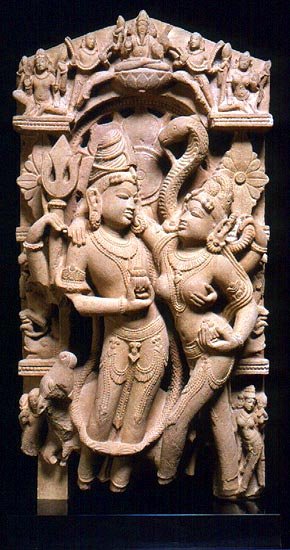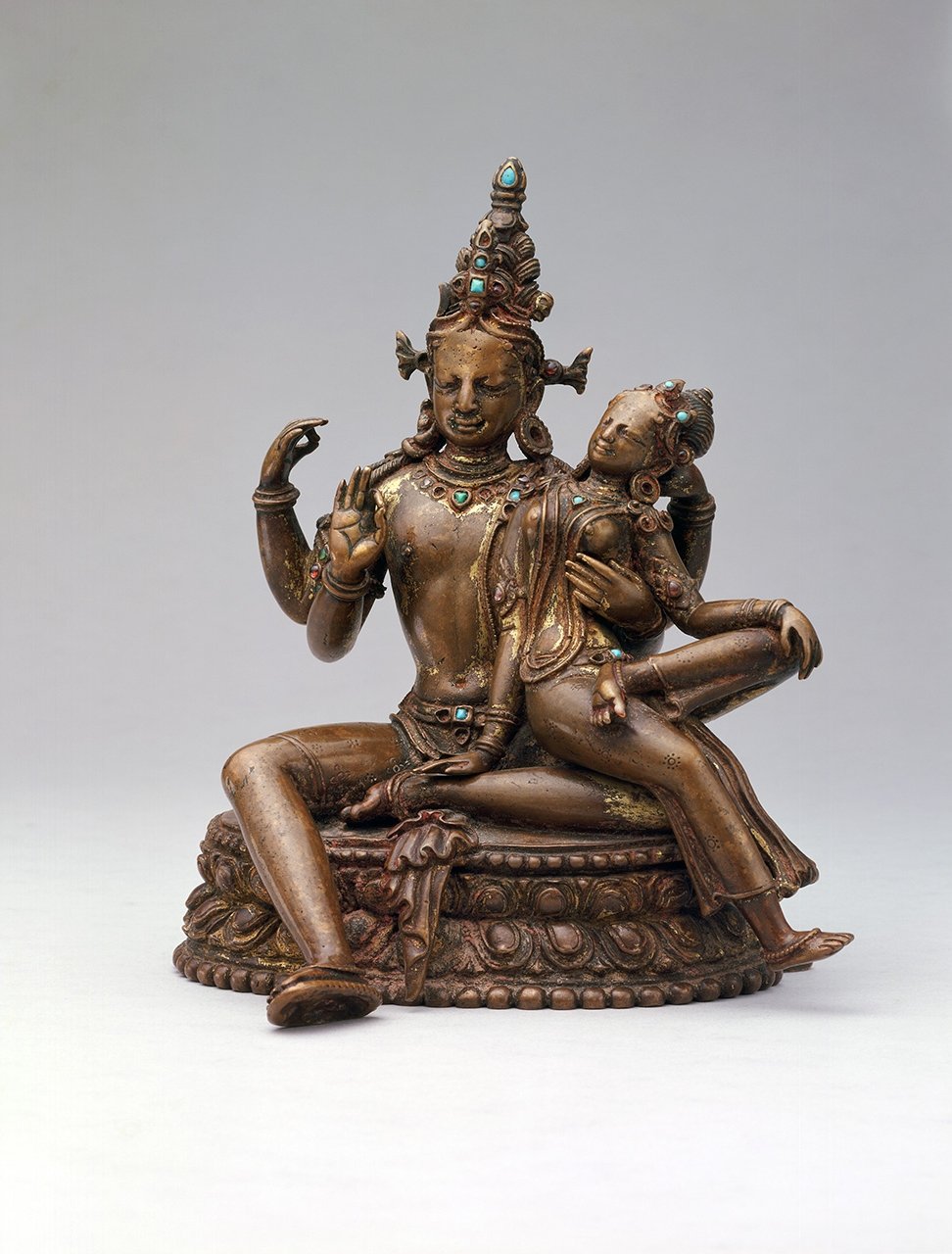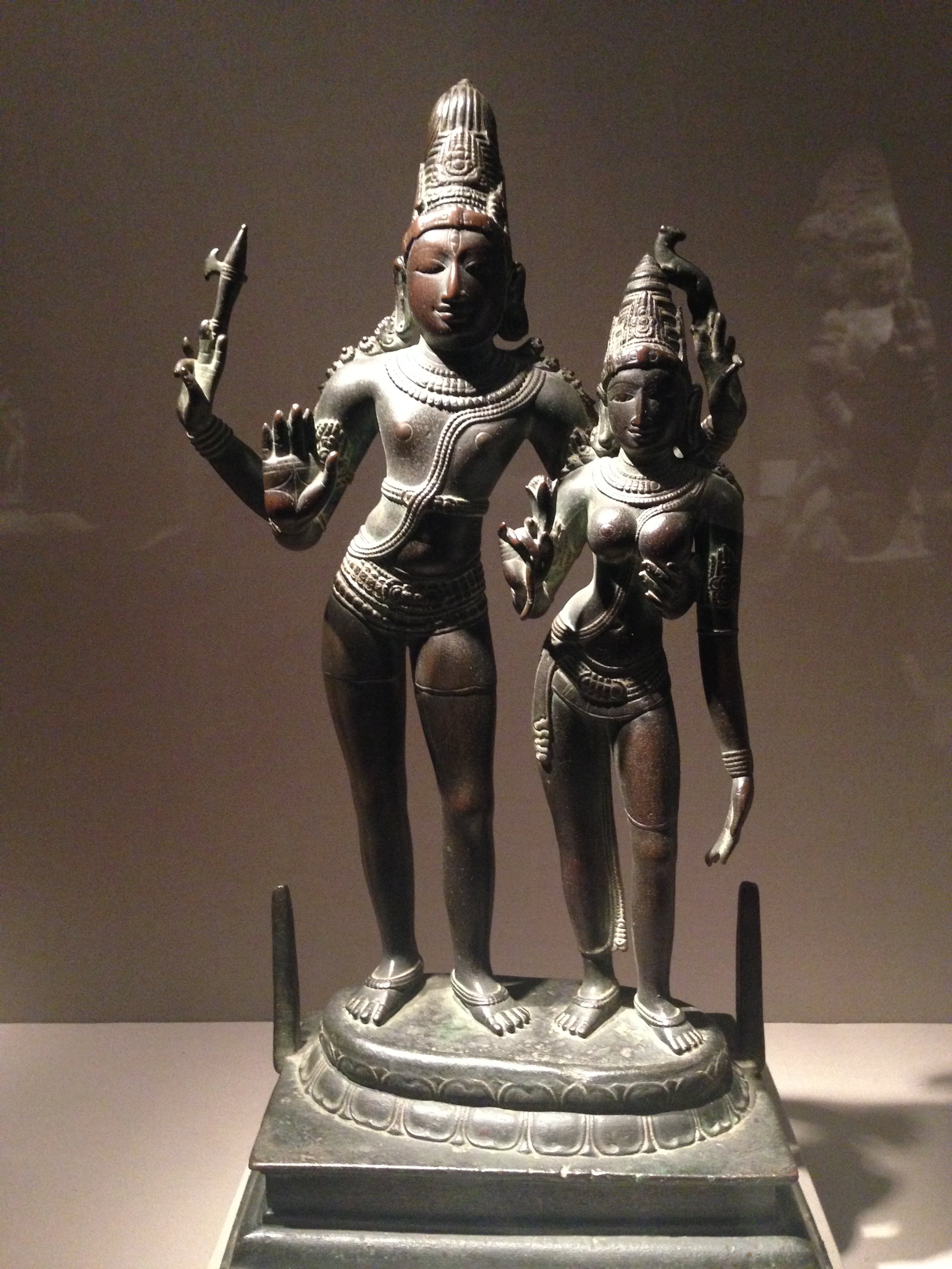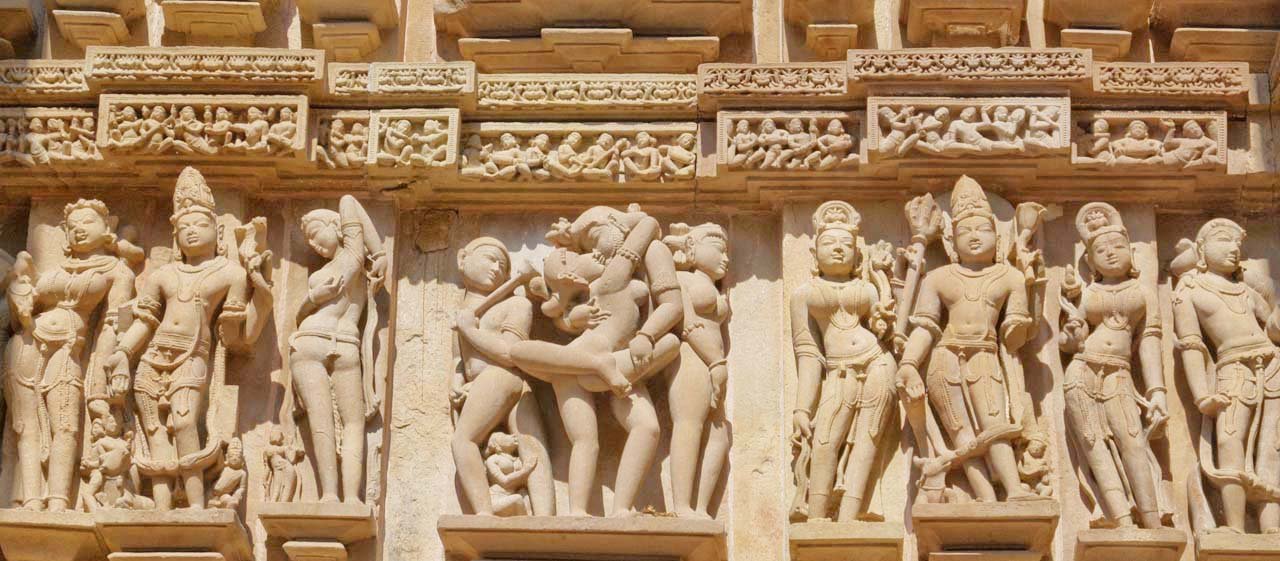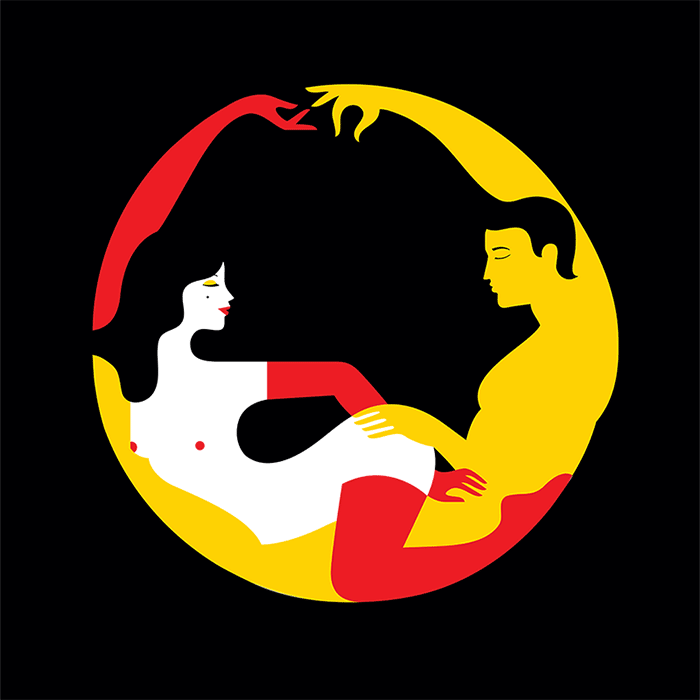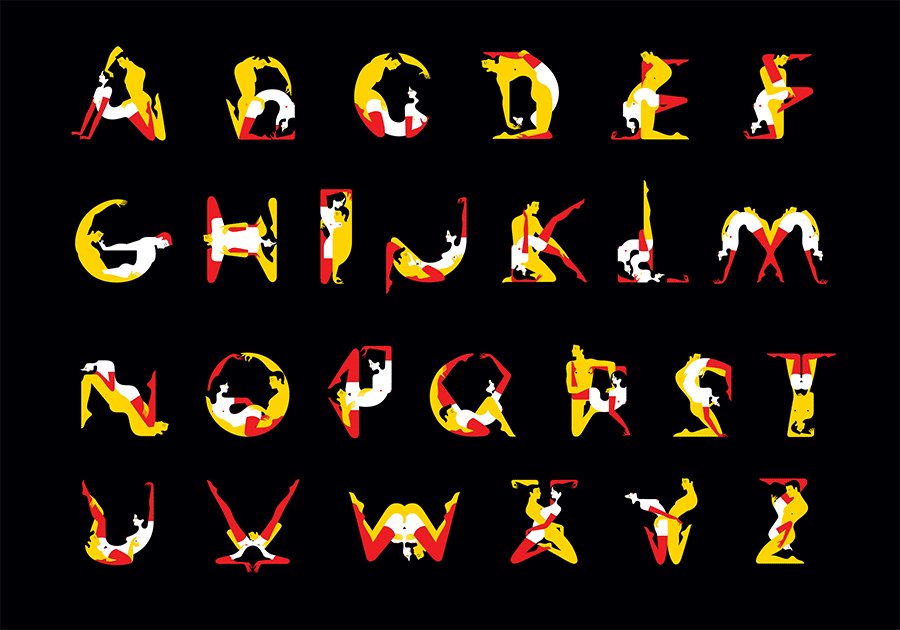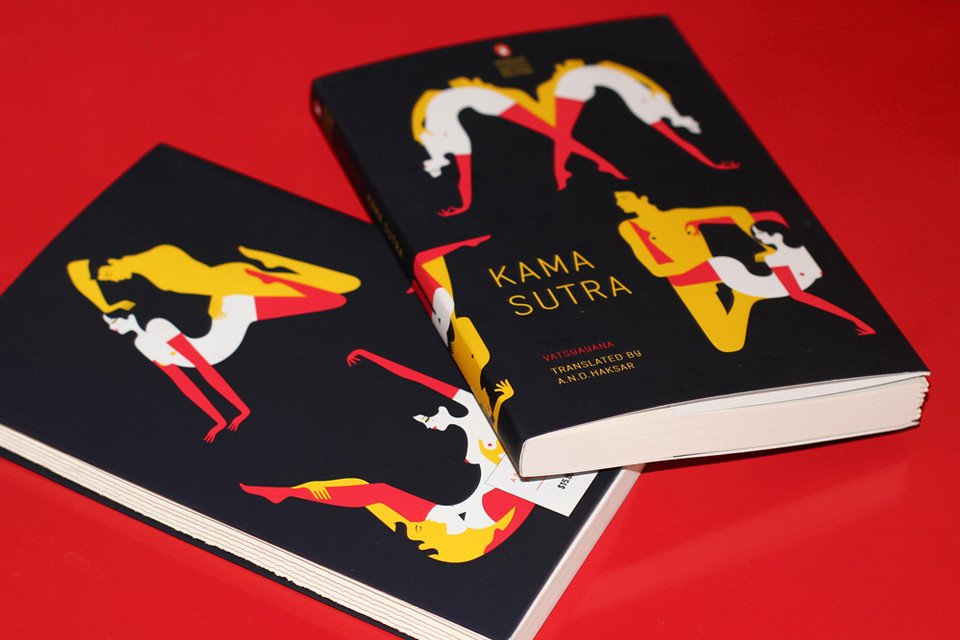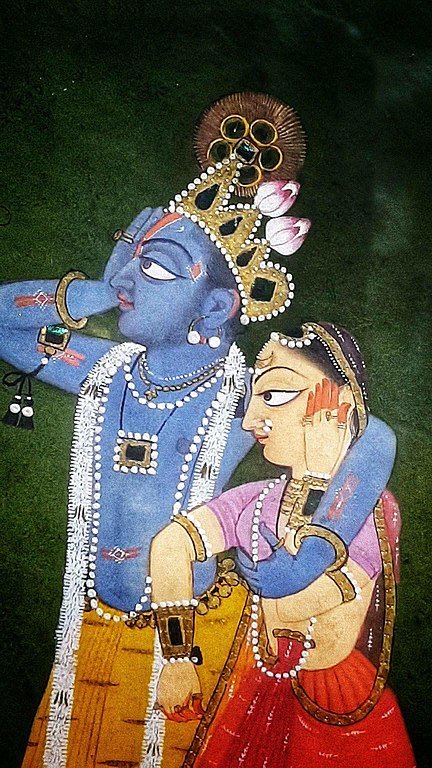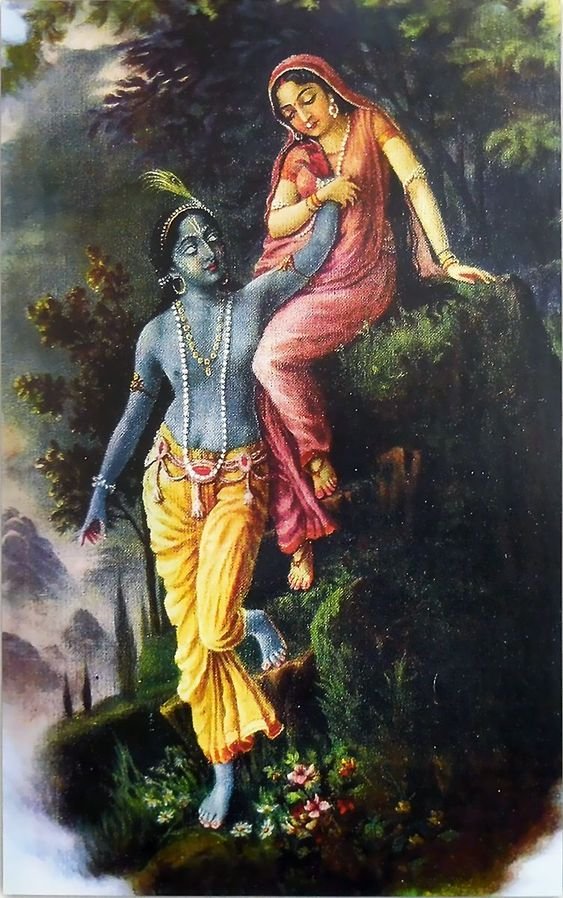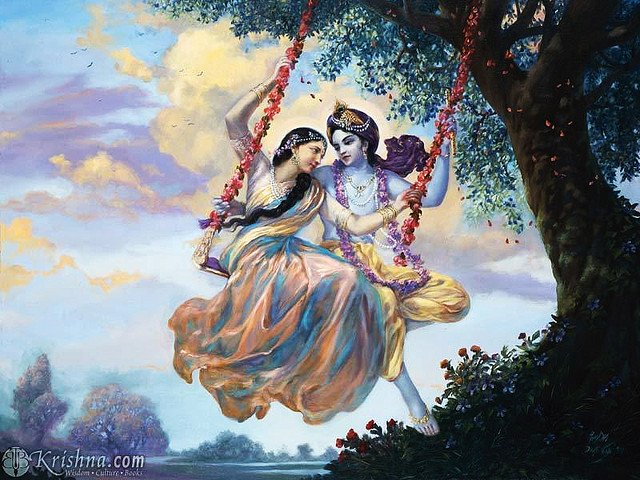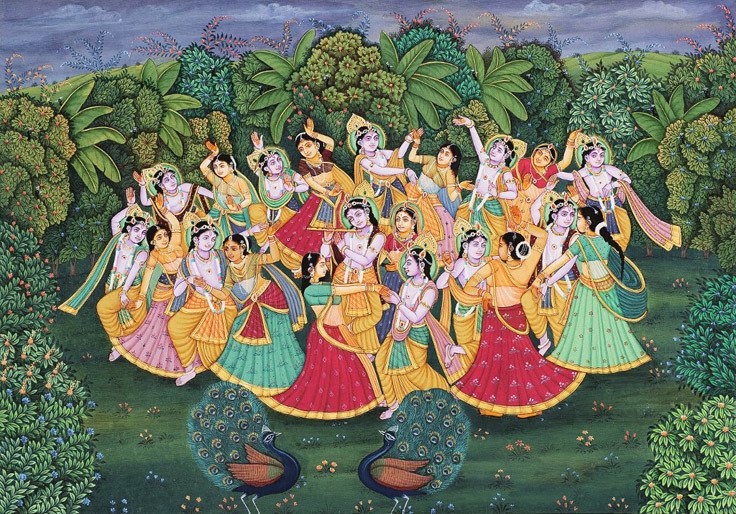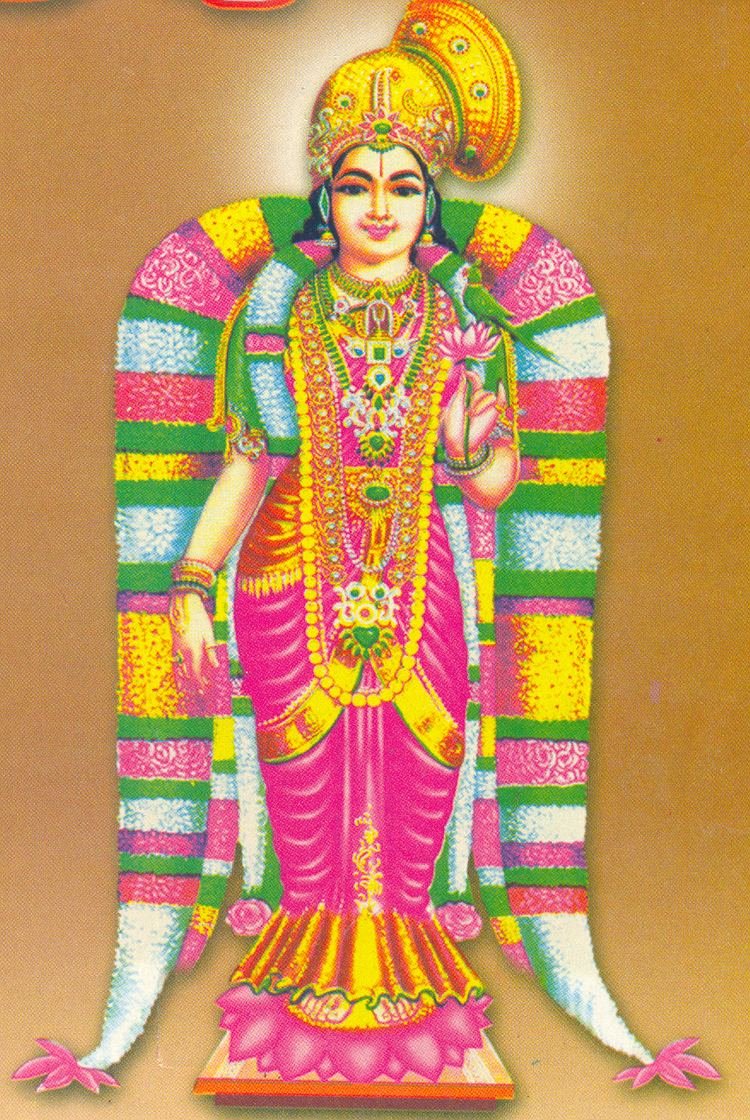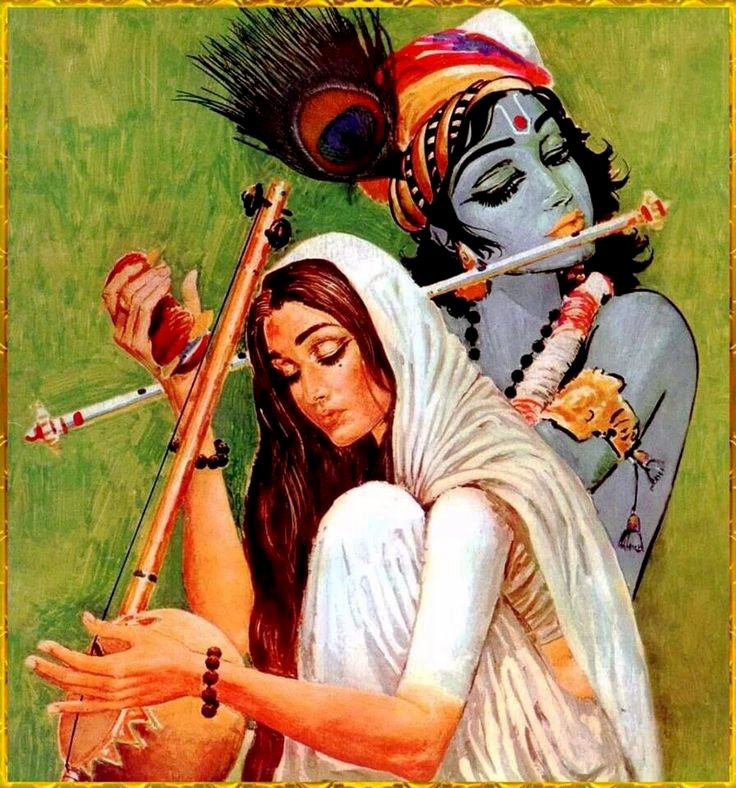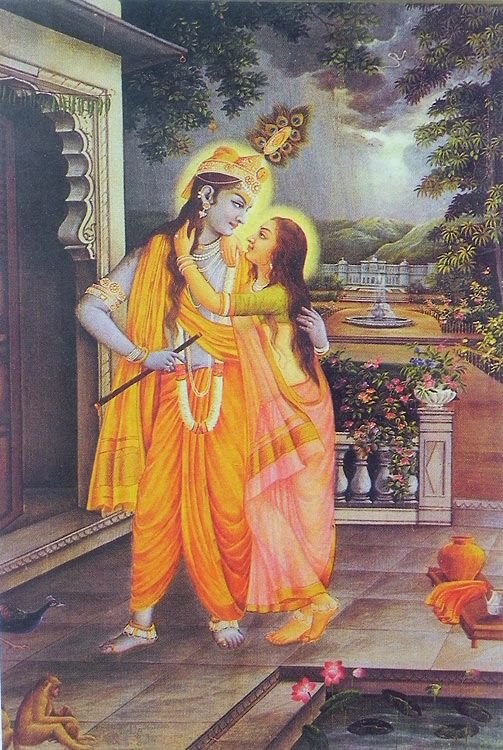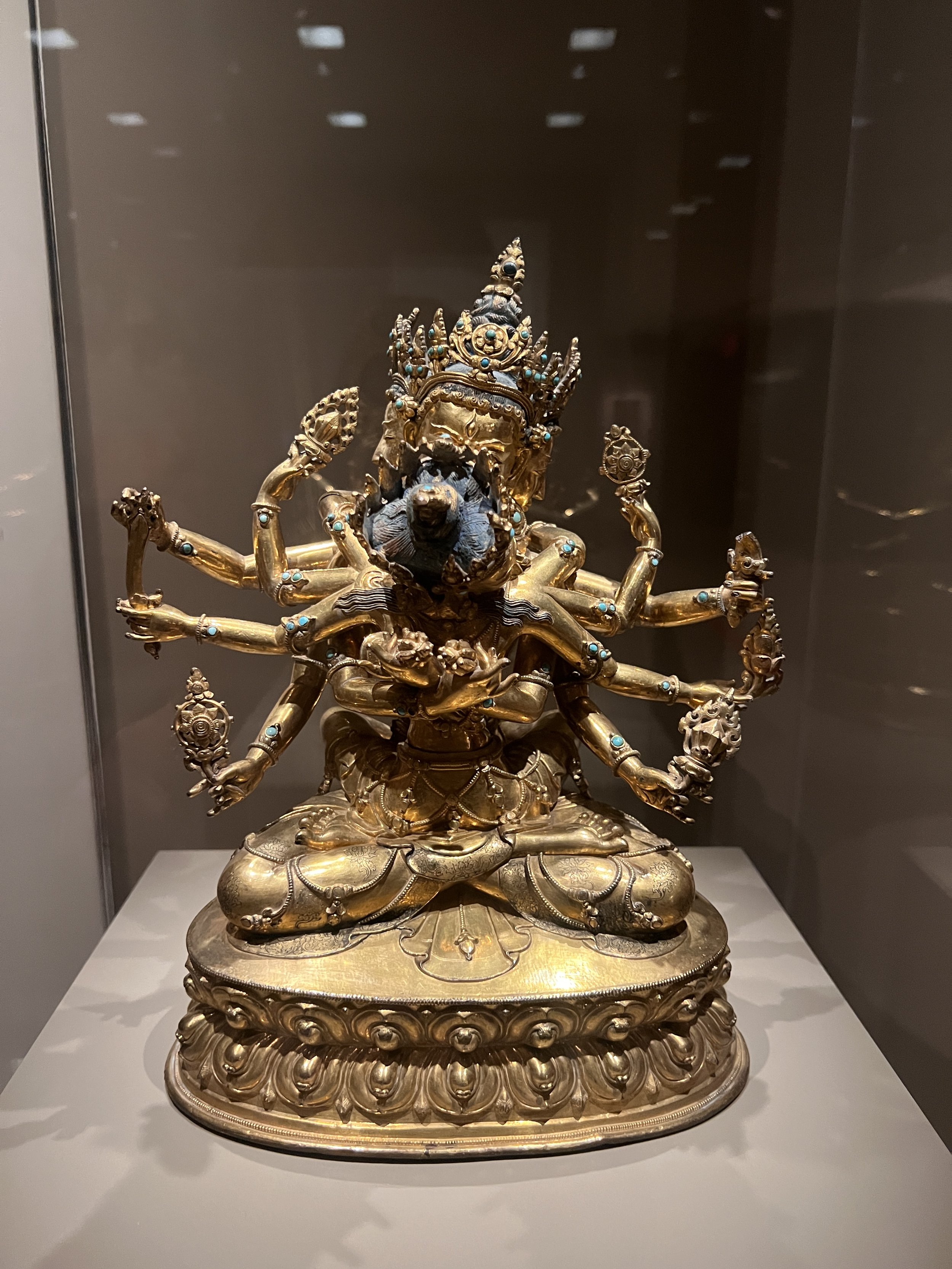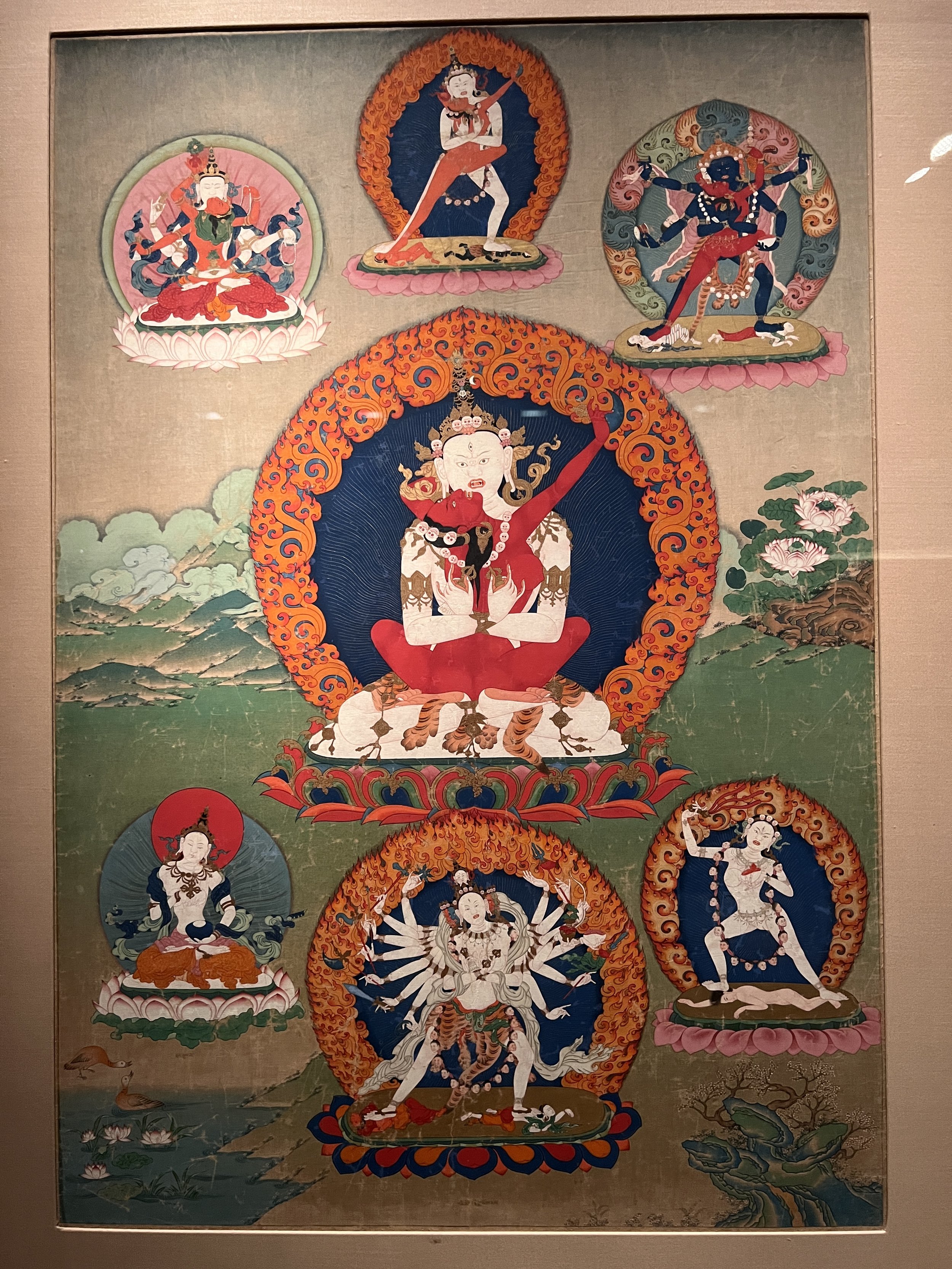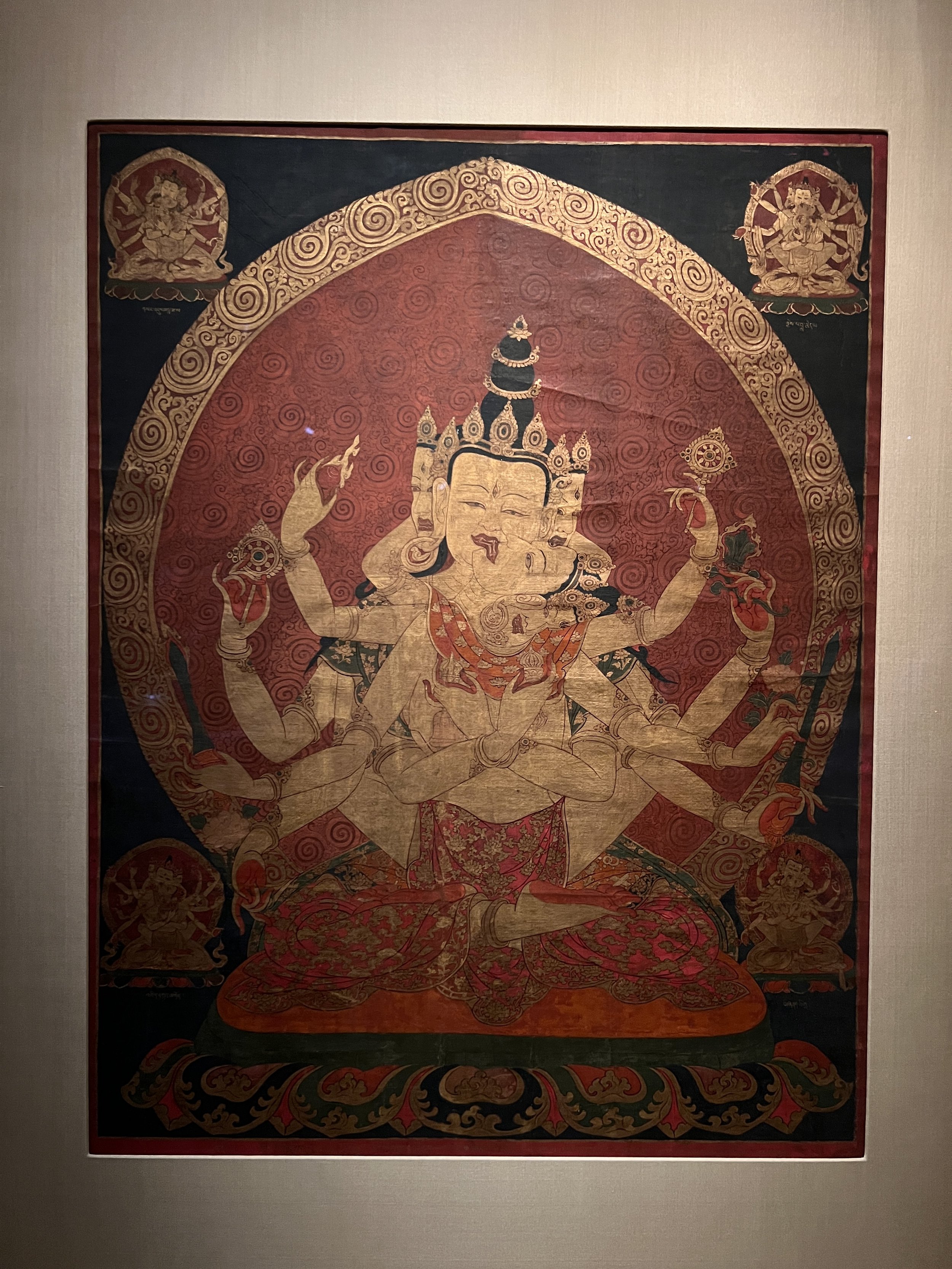Sex, Love, Intimacy, & that Book Kama Sutra (Yes it's a religious HINDU scripture)
I wonder why Indians/South Asians are so ashamed of sex, physical affection, and love when we are the ones who gave the world the Kama Sutra, invented “French Kissing”, and our indigenous faith/religion of Hinduism (or Santhana Dharma the real name of the faith means “eternal truth”) encourages and teaches one to pursue the path of pleasure, intimacy, and love (in all its forms) The Kama Sutra is a “religious” text and I for one am DAMN PROUD of my heritage and for giving the world this incredible scripture. Unfortunately in the West, the Kama Sutra has been dumbed down to “sex positions” but it is so much more than that! Sex is seen as taboo in most South Asian American households and is rarely discussed, while the western world seems to be “obsessed” with the subject.
Hinduism is the oldest living religious tradition in the world with over 1.1 billion practicing the faith. Hinduism practices, holidays, traditions, etc., vary by culture, community, individuals, etc. It is a faith that is meant to be experienced and is very hard to “define”.
The core principles of the faith though are “Ekam Sat” - All is one or all paths lead to the same divine, all faiths/religions/ways of thinking are equal, and “Vasudhaiva Kutumbakam” or the world is one family. It is a faith/religion of compassion, service to mankind, equality, and love.
I am writing this as a Hindu, Tamil, Indian American woman who was born and raised in the USA, went to Parsons School of Design in NYC, and has worked extensively in the world of beauty, fashion, luxury, and museums. I was the head designer for the Metropolitan Museum of Art and have worked for several museums worldwide and am the Hindu Spiritual Advisor of NYU, Columbia, and sometimes Standford Universities. My father built 3 Hindu Temples in the USA and I am a lifelong Temple attendee and am trained In Indian Classical Music and Dance - All of these experiences influence my writing.
A couple of years ago the Museum of Sex in New York approached me for the position of head of exhibitions.
I had the pleasure and honor of giving the museum a presentation on Hinduism, Sex, and the Kamasutra.
Here it is :
“Culturally” meaning the society (India tends to be conservative) we live in is conservative but Hinduism the “Faith” is extremely progressive and freeing!
We live in the digital age (everyone has a 2-second attention span!) of Tinder, Grinder, Hinge, Reality TV (90 Day fiancé, Indian Matchmaking), “apps”, arranged marriages, and the media constantly bombarding the world with porn, kink, dictating the way we look at sexuality, sensuality, the human body, at our selves, etc. It can be overwhelming, confusing, divisive, a lack of human connection/companionship, and overall a HOT MESS.
Ancient Hindu society before the influences of Abrahamic Faiths, Puritanism, and Colonizations was very free-thinking and progressive. Unfortunately now in this day and age society has changed and the media portrays “Indian” NOT “Hindu” society as conservative, obsessed with marriage, or obsessed with arranged marriages - when in the “faith” of Hinduism THERE IS NO ARRANGED MARRIAGE - Not one of our Hindu deities had an “arranged marriage”.
The western world has managed to dumb down ancient texts such as the Kama Sutra to just a “sex position manual”, brand Eastern religions/faiths as vulgar/obscene, and managed to get the whole world obsessed with porn without really understanding what sexuality, sensuality, love, companionship, devotion, and relationships are. This has to stop and the world needs to change.
Let’s start with the topic of Love and how the Kama Sutra began.
Lord Shiva and Goddess Parvati’s story is the most EPIC love story of ALL Time. Isn’t it funny that everything we go through in modern dating and relationships was conveyed to us ions/ages ago within Hinduism?
Mighty Shiva is your “typical” noncommital man (modern-day playboys/peter pan syndrome/ fear of intimacy etc.) just praying/meditating on a mountain top lost in his own thoughts not aware of the world.
Goddess Parvati is the most beautiful woman alive destined to win Lord Shiva’s heart and unite with him. The story goes Sati (Shiva’s first wife) is reborn as Parvati to a father she can respect (The Mountain Lord Himavan) destined to marry Lord Shiva and bear a son who will destroy the demon Surapadman.
{BUT GUESS WHAT? Parvati and Shiva never “needed” each other to have “Kids”. This story I feel might have been added later due to “puritanism” and the influences of colonizers and Abrahamic faiths. Muruga was born out of the sparks of ONLY Shiva’s head, sent to destroy the demon but forgave him - Lesson God forgives all no matter how much you mess up as long as you’re truly sorry. Lord Ganesha came out of the paste of Paravati’s body she did not need Shiva to have a son} - So I have never understood why society puts down single parenthood when our deities are technically single parents.
Not through her physical beauty but through her devotion, steadfast love, and intense prayers does she win Lord Shiva’s heart never ever to be parted from him again. She is his equal in every single way, he just needs to realize that! They are also from two distinctly different backgrounds (Lord Shiva has no origin, is covered in ash, has no possessions, and lives on a mountain/cemetery while Mother Parvati is a beautiful princess raised in comfort and luxury) spiritually this shows that two people of VERY different backgrounds can be drawn to each other and experience eternal love. “Arranged Marriages” “Good Job/6 figure incomes” and all other “checklists” for a partner are man-made and cultural practices.
Lord Shiva also burns the Lord of Love or Kama alive (because he shoots a love arrow into Shiva’s heart awakening passion for Goddess Parvati, and Shiva being your typical man doesn’t like to be disturbed LOL) Kama is restored to life when Parvati wins Shiva’s heart. Kama’s wife is Rati or desire. Love is the most important feeling force in the world, but it can be scary, and Mighty Shiva not through his meditation realizes this but through the care, love, and desire of Goddess Parvati.
Lord Shiva and Goddess Parvati are lost in each other’s embrace and make love for over 25,000 years. Lord Nandi (who is Shiva’s steadfast attendant/mount and is considered a symbol of utmost devotion/dedication) witnesses them making love and initially writes the Kama Sutra. Sex is divine in Hinduism if “Nandi” who is also worshipped as a deity penned the Kama Sutra right?
Throughout art history one finds these beautiful depictions of Shiva and Parvati intertwined or Parvati sitting in Shiva’s lap listening to him intently. When they are standing Shiva has his arm under her breast pulling her close to him the spiritual significance is that they are equals. Shiva does not exist without Parvati who is Shakti or energy.
Why is Shiva portrayed as a “Shiva Lingam” (spiritual significance God is endless/infinite like this form)? A sage named Brigu who had come to visit Lord Shiva felt insulted that he was made to wait because Shiva and Parvati were too busy making love (as society began to become more conservative this changed to they were busy dancing) and cursed Lord Shiva that he would never be worshiped in his human form on earth. The “Lingam” form is fused into the Yoni or female principle. Spiritual Significance: God is both male/female and formless/genderless and divine. Mighty Shiva and Mighty Parvati fuse together to form “Ardhanadeeshwara” or the transgender deity of Hinduism. All people of all backgrounds, queer, straight, and LGBTQI+ communities are seen as EQUAL in Hinduism.
Unfortunately in modern times the love story of Mighty Shiva and Parvati has been fetishized, sexualized, and basically dumbed down.
When in reality it is a story of companionship, epic lovemaking, communication, love, mutual respect, and equality all principles to be desired in a relationship.
The Kama Sutra as we now know it was composed around 400 BC and written by the sage Vatsyayana. It is a book about sexuality, eroticism, and emotional fulfillment in life. One has to remember that the author is writing about sex and sexuality in a society that was set in 400 BC! Physical sex and the human body were not seen as gross or something to be ashamed of. There is evidence of this in the carvings of many Hindu Temples the most famous one being in Khajaraho.
It was seen as beautiful and having physical intimacy, companionship, a partner, etc was important to leading a fulfilling and healthy life! The book describes relationships, how to find a partner, courtesans, how to entertain, how to dress/anoint yourself to prepare for the arrival of your lover, sex positions for ultimate pleasure, LGBTQI+ relationships, and even how to decorate your home!
It’s a fascinating and interesting read which has gotten dumbed down to “sex positions” or lost in translation by “western” translators (remember they are influenced by puritanism and raised with a mentality that sex is shameful, it’s only between a man and woman, only to be enjoyed after marriage, etc.) and marketed just for money in the western world and modern times.
An interesting fact is Vatsyayana was a celibate monk, who through his spiritual powers was able to write the Kama Sutra. I am sure Lord Nandi appeared to him and guided him. Hinduism also has celibate deities like Lord Ganesha (though in some traditions he has two wives) Lord Hanuman, and Lord Ayyapa. Faith allows you to choose the path you desire whether it’s one of a householder, monk, or anything you really want to be, that is what “Dharma” is or your chosen path/duty.
Here is a “modern” depiction of the Kama Sutra by French graphic artist/illustrator Malika Favre who designed a typeface based on the book. I find her work innovative and beautiful.
Lord Vishnu (+all his “Avatars” or incarnations to earth - Lord Krishna, Lord Rama, Lord Buddha being the most popular) along with Lord Shiva and Shaktism (Goddess Worship) are the most popular Hindu deities and there are so many depictions in art, dance, and music expressing love and desire for the Divine.
Some of these poems and songs have what is now seen as “erotic” overtones, lots of songs/poems have been glossed over to eradicate any reference to “sex/sexuality” and many folks feel ashamed of our history.
LOVING Lord Vishnu is not at all shameful, but singing these songs/ reciting these poems brings the devotee closer to the Lord and makes him feel more accessible and not some inaccessible entity in the sky!
Jayadeva was a 12thC poet from North Eastern India and is the author of the epic poem Gita Govinda. It describes the relationship between Lord Krishna and Goddess Radha (his eternal lover) and gopis (female cow herders) Jayadeva switches narratives and sometimes sees himself as Radha longing for her beloved, yearning for him to come to her bed, describing his beautiful face, hair, eyes, and her desire for him. Sometimes he writes as Lord Krishna describing Radha’s breasts, hands, and his desire to make her happy and promising that he has not been unfaithful to her. I am trained in the Indian Classical Dance form of Odissi and have performed many excerpts from the Gita Govinda set to Indian Classical Music.
Two hymns of Jayadeva, have been incorporated in the Guru Granth Sahib, the holy book of the Sikh religion
Lord Krishna dancing with the Gopis is the main subject of many Indian Classical dances, music, theater repertoires, etc. This subject is the longing and yearning to be with the divine. But unfortunately in modern times it’s been twisted/perverted to make Lord Krishna seem like he is a “player/playboy” having affairs with multiple women. NO. The story goes, all the Gopis wanted to dance with the Lord so he split himself into 25,000 Krishnas so each girl had a Krishna to dance with. God is infinite and mighty in his compassion and love and will always fulfill the desires of his devotees. Radha and Krishna are childhood lovers, playing, dancing, making love behind the trees in the forest, and swinging on their swing, this shows playfulness, tenderness, childlike behavior, and innocence are important in any adult relationship! Anytime Lord Vishnu incarnates to earth, Maha Lakshmi (his wife who represents prosperity) follows (When he is Krishna she comes as Radha, when he’s Rama she came as Sita, etc.) This shows the connectedness and commitment of Compassion (Vishnu) and Prosperity (Lakshmi) eternal lovers always together.
Andal was a 7thC poetess from Tamil Nadu, India who wrote in praise of Lord Vishnu. She was probably around 14-17 years of age lost in her love for Lord Vishnu whom she saw as Lord Krishna and composed the Thiruppavai, a collection of 30 verses in which Andal imagines herself to be a gopi, one of the cowherd girls known for their unconditional devotion to Krishna. Over the years because of “puritanism” and “conservative thinking/society” her verses have been glossed over to eliminate any reference to sexual longing. One has to remember she is writing like any “horny” teenager but with love and devotion for her lord. Some of the verses say “My love my Lord don’t lay your head on her breasts, wake up and come to my bed” “I will tear my breasts off and throw them at you if you don’t come here right now” Her verses are full of passion, love, yearning, and devotion are to be respected and adored.
{I have an Arab poet friend in Istanbul who writes love poetry in Arabic, Turkish, and Pashto, we often collaborate on artwork. I sent him a recording of me singing some of Andal’s songs and he absolutely LOVED it and understood the meaning and felt something in his heart though he does not understand Tamil. That is the power of love through devotional poetry!)
Andal used to wear the flower garland that was to be offered to Lord Vishnu (her father found out and was extremely angry, in Hindu cultural practices one is not supposed to offer flowers worn to the divine) but Vishnu appeared in her father’s dream and said I will not wear any garland unless she has worn it first - this shows the love the divine has for his ardent devotee.
She is an incarnation of Goddess Lakshmi and during the month of December which is called Marghazi in the Tamil calendar, her songs are sung every day in Lord Vishnu’s temples ending with the grand wedding of Goddess Andal, and Lord Vishnu. The Thiruppavai is the nectar of Vedas (holiest of Hindu scriptures) and teaches philosophical values, moral values, ethical values, pure love, devotion, dedication, single-minded aim, virtues, and the ultimate goal of life (which is to merge with the divine)
Meerabai was a 16thc Rajput princess who imagined Lord Krishna as her bridegroom. Her verses and devotional songs called Bhajans are filled with love, longing, and ecstasy of union with her divine lover Lord Krishna.
I find it extremely beautiful that Jayadeva, Andal Devi, and Meerabai wrote verses filled with desire and longing for Lord Vishnu. It makes the divine all the more accessible and not some inaccessible being high up in the sky away from his/her/them/their devotees.
Buddhism came from Hinduism, Lord Buddha is considered the 9th incarnation of Lord Vishnu to earth. As Buddhism spread from Northern India into Nepal, Tibet, and China it was influenced by the native belief systems of those areas such as the Bön religion.
Tibetan Buddhism has many many deities who are similar to Hindu deities. Artistic depictions of certain Tibetan deities are shown in a sexual embrace called “Yab Yum”. Again here this is not something to be seen as gross, obscene, or vulgar as the western world leads us to believe. This powerful posture represents the primordial union of wisdom and compassion, depicted as a male deity in union with his female consort. “Masculine Energy” is active while “Feminine Energy” receiving. Just like Lord Shiva who is “all man” and Goddess Parvati who is “all woman” in Hinduism.
What does this posture teach us for the modern age? That physical affection, touching, embracing, etc is important and that wisdom and compassion have to be united in order to go forward in life!
In all Dharmic faiths (Hinduism, Buddhism, Jainism, Sikhism) life is a journey, not a destination. Life has its ups and downs and everything must be experienced both pleasure and pain and the entire world is interconnected. Sex, Intimacy, Companionship, and Affection, all of these feelings and actions are part of daily life and have been depicted throughout eastern art history, music, dance, and literature and it’s nothing to be ashamed about. I hope that more people will start to really understand what truly matters to them in their own hearts and stop judging others for living their dharmas.


